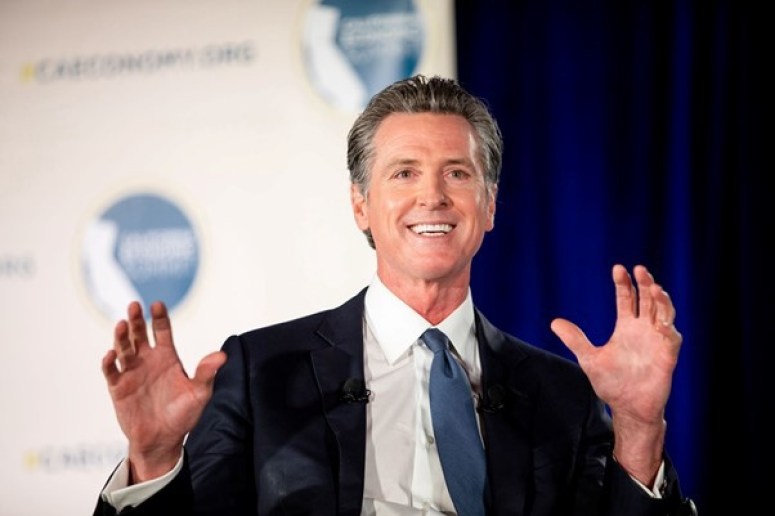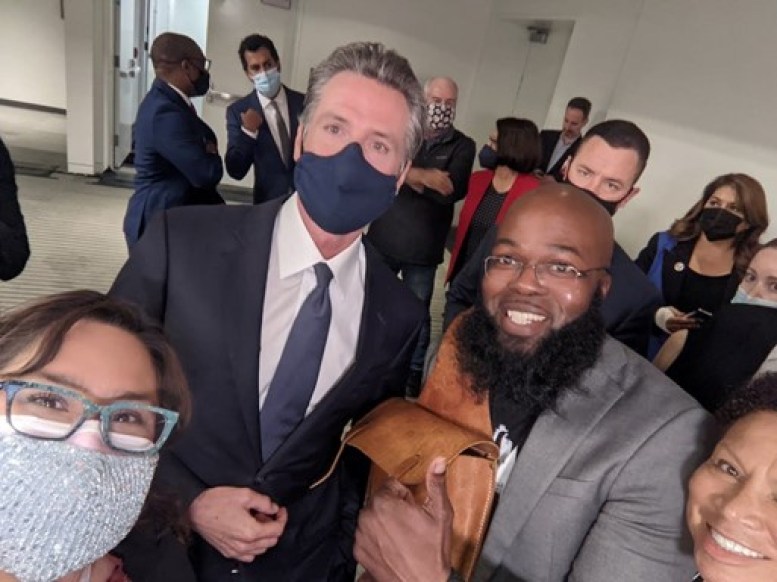Last Updated on November 20, 2021 by BVN
Breanna Reeves |
The tenth annual 2021 California Economic Summit, provided an opportunity for Samuel Assefa, Director of the California Office of Planning and Research, to announce that public comment regarding the proposed 13 regions that will receive Community Economic Resilience Fund (CERF) grants was extended to November 19.
The 13 proposed regions will receive up to $5 million in planning grants under the community fund. The regions include the Inland Empire and Los Angeles County as well as the Central San Joaquin Valley and others.
The regions were chosen based on an analysis by California’s Labor Market Information Division and other factors including connections to existing definitions of regions in the state, relative size of population, geographic scale, size and industry mix and economic relationships.
The public can submit written comments regarding the proposed 13 regions to WSBCERF@edd.ca.gov with the subject line “CERF Public Comments.”

In September Governor Gavin Newsom signed the $600 million bill, SB 162, which is aimed at helping local economies recover from losses due to the COVID-19 pandemic. The vision for the fund is that it will promote equitable recovery from the pandemic, support communities and local groups in economic recovery and increase investments.
Governor Newsom made a surprise appearance on November 9th, day one of the conference in Monterey. It was the first public appearance by Newsom in nearly two weeks since he opted out of the 2021 United Nations climate change conference to spend Halloween with his family.
“What defines this conference is this bottom-up notion to regionalization framework. This notion of collaboration and partnerships,” said Governor Newsom during the conference. Newsom added that the CERF investment will “support your efforts at the local level in 13 key regions in this state to make sure that our economic recovery is felt by everybody, not just some of us. And to make sure that we’re focusing on the divide, particularly that urban-rural divide.”

The conference featured speakers and representatives from across the state who have participated in different ventures of economic development and equitable solutions in local regions.
Just SB’s Alex Avila, instructor of English at California State University, San Bernardino and co-founder of 4e, a community-based organization, was a panelist on the first day of the conference. Avila spoke about the importance of bringing resources to underserved communities, investing in communities of color and developing partnerships.
Avila spoke about working with the local community coalition Inland Empire Growth and Opportunity (IEGO), which is composed of private and public sector leaders from Riverside and San Bernardino County. The coalition is working to create a strategy that “endeavors to lift thousands out of poverty and broaden local access to opportunity by investing in better pathways to good jobs, improving educational outcomes, inspiring the region’s brightest young people to stay in the region, and strengthening civic infrastructure necessary to address emerging opportunities.

Hosted by California Forward (CA FWD), a nonprofit organization that uses collective action to develop equitable solutions to the state’s problems, this year’s economic summit centered around conversations and informational sessions that focused on equity, environmental sustainability and economic growth as it pertains to local governments.
The conference concluded with local and state leaders making commitments to assist and build back regional economies throughout the state by developing sustainable and equitable solutions across different sectors such as lending for small businesses owned by people of color, increasing and expanding broadband access and redefining housing and retail infrastructure.
The 2022 California Economic Summit will take place in Bakersfield, California on October 27 and 28.



